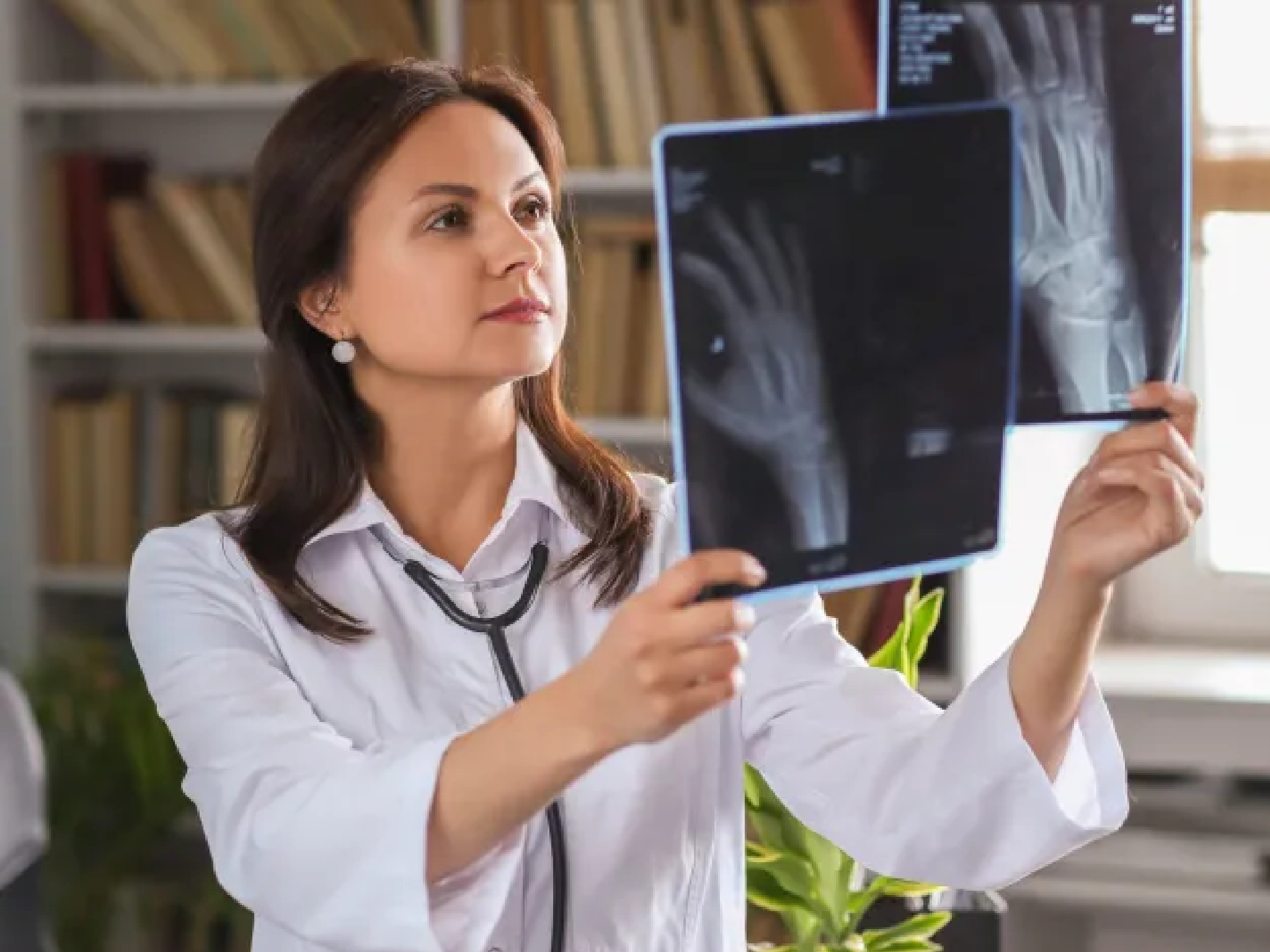In interventional radiology (also called IR), doctors use medical imaging to guide minimally invasive surgical procedures that diagnose, treat, and cure many kinds of conditions. Imaging modalities used include fluoroscopy, MRI, CT, and ultrasound. At UVA Health System, these radiologists work in the department of vascular and interventional radiology. Interventional radiologists make small incisions, usually in your abdomen, and use needles and catheters to treat conditions inside your body. Medical images are used to guide their catheters through your blood vessels, arteries, and organs. Cool, right?
- The essential skills of an interventional radiologist are in diagnostic image interpretation and the manipulation of needles and the use of fine catheter tubes and wires to navigate around the body under imaging control.
- Interventional radiologists are doctors who are trained in radiology and interventional therapy. No other specialty possesses this unique combination of skills.
- There is hardly any area of hospital medicine where IR has not had some impact on patient management.
Interventional radiology reduces cost, recovery time, pain, and risk to patients who would otherwise need traditional open surgery. Because of this, IR has become the primary way to treat many types of conditions. The treatments IR can effectively perform are ever-changing and expanding.
At UVA, your interventional radiologist attended four years of medical school to become a doctor. Then, they completed a four-year residency in diagnostic radiology before completing their highly specialized one- or two-year fellowship in IR. They are trained extensively in both diagnostic radiology (how to interpret and accurately diagnose medical images) and interventional therapy (performing IR procedures).
As a member of the radiology team, the vascular interventional radiographer works alongside interventional radiologists and nurses. The radiographer assists the interventional radiologist with diagnostic angiographic procedures as well as complex vascular and nonvascular interventional and therapeutic procedures. Vascular interventional radiographers must have a combination of technical, radiologic, and clinical skills.

